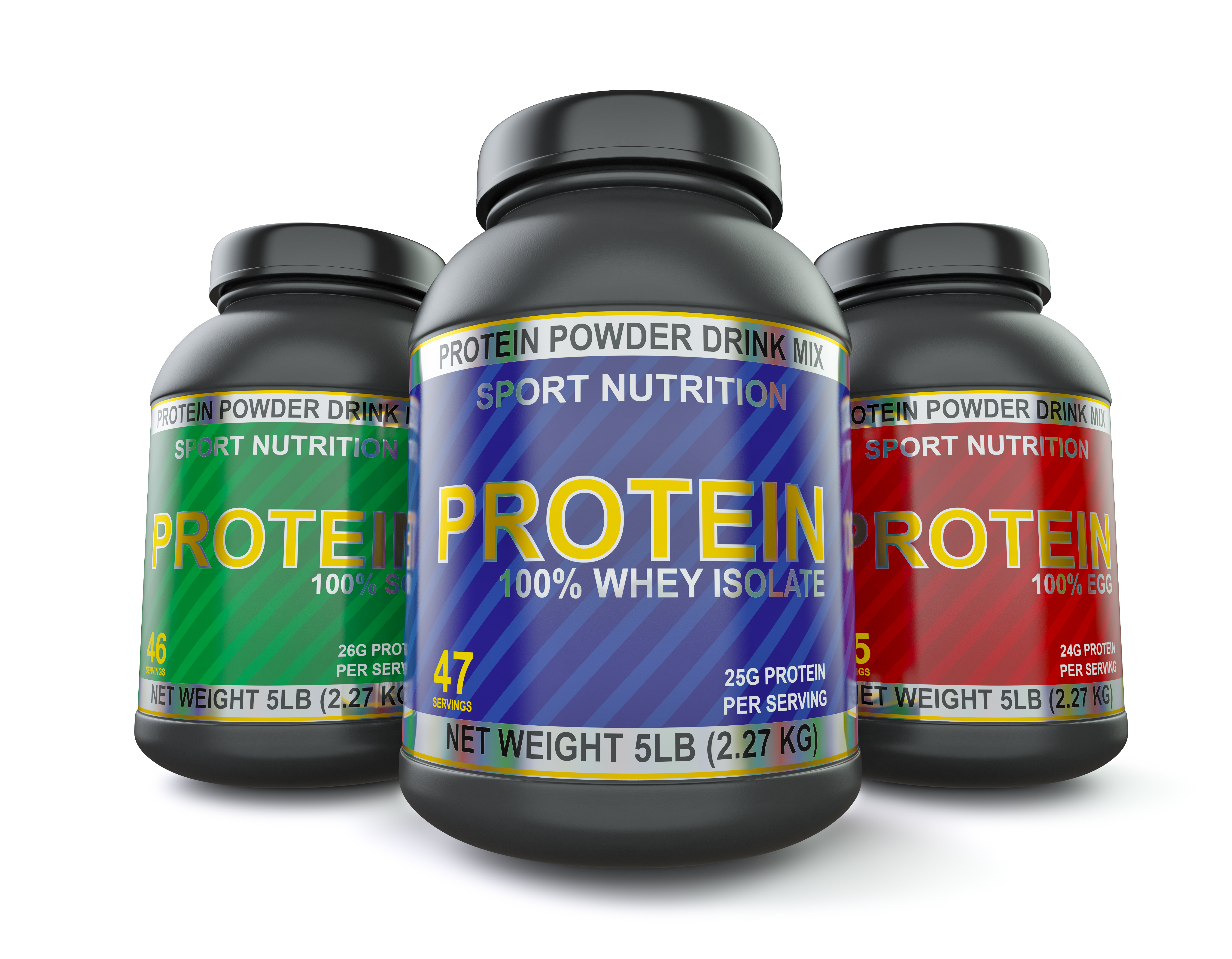10 Powerful Strategies to Effortlessly Build Impressive Muscle Mass
Building muscle mass is a goal shared by many, whether for aesthetic appeal, athletic performance, or overall health. However, the journey to achieving impressive muscle mass can seem daunting, especially with the plethora of information and misinformation available. This article aims to demystify the process by presenting ten powerful strategies that can help you build muscle mass effortlessly. Each strategy is grounded in scientific research and practical application, ensuring that you can incorporate them into your routine with confidence. By understanding and implementing these strategies, you can optimize your muscle-building efforts and achieve your goals more efficiently. Let's embark on this journey to discover how you can transform your physique with these expert-backed techniques.
1. The Science of Muscle Growth

Before diving into the strategies, it's crucial to understand the science behind muscle growth. Muscle hypertrophy, or the increase in muscle size, occurs when muscle fibers undergo stress and damage during exercise. This triggers a repair process where the fibers rebuild stronger and thicker than before. Key factors influencing this process include mechanical tension, muscle damage, and metabolic stress. Mechanical tension refers to the force applied to muscles during lifting, while muscle damage is the micro-tears that occur during intense workouts. Metabolic stress is the buildup of metabolites like lactate, which can stimulate muscle growth. By leveraging these factors, you can create an optimal environment for muscle hypertrophy.
2. Prioritizing Compound Exercises

Compound exercises are multi-joint movements that engage multiple muscle groups simultaneously, making them a cornerstone of effective muscle-building programs. Exercises like squats, deadlifts, bench presses, and pull-ups not only maximize muscle recruitment but also enhance functional strength. Prioritizing compound exercises allows you to lift heavier weights, which increases mechanical tension and stimulates more muscle fibers. Additionally, these exercises improve coordination and stability, contributing to overall athleticism. Incorporating compound movements into your routine ensures that you target major muscle groups efficiently, laying a solid foundation for muscle growth.
3. Progressive Overload: The Key to Continuous Growth

Progressive overload is the gradual increase of stress placed on the body during exercise. This principle is essential for continuous muscle growth, as it forces the muscles to adapt to ever-increasing demands. There are several ways to implement progressive overload, such as increasing the weight lifted, performing more repetitions, or enhancing workout intensity. Consistently challenging your muscles prevents plateaus and encourages ongoing hypertrophy. It's important to track your progress and make incremental adjustments to your routine, ensuring that your muscles are always working towards new growth.
4. The Role of Nutrition in Muscle Building

Nutrition plays a pivotal role in muscle building, providing the necessary fuel and building blocks for growth and recovery. A diet rich in protein is essential, as amino acids are the primary components of muscle tissue. Aim for a protein intake of 1.6 to 2.2 grams per kilogram of body weight, distributed evenly across meals. In addition to protein, carbohydrates are crucial for replenishing glycogen stores and providing energy for workouts. Healthy fats support hormone production and overall health. A balanced diet, coupled with adequate hydration, ensures that your body has the resources it needs to build and repair muscle tissue effectively.
5. The Importance of Rest and Recovery

Muscle growth doesn't occur during workouts but rather during rest and recovery periods. Adequate sleep is paramount, as it facilitates the release of growth hormone and allows for tissue repair. Aim for 7-9 hours of quality sleep each night. Additionally, incorporating rest days into your training regimen prevents overtraining and reduces the risk of injury. Techniques such as active recovery, stretching, and massage can further enhance recovery by promoting blood flow and reducing muscle soreness. Prioritizing rest and recovery ensures that your muscles have the time and resources needed to grow stronger and larger.
6. Strategic Use of Supplements

While whole foods should form the basis of your nutrition plan, supplements can be a valuable addition to support muscle growth. Protein powders, such as whey or plant-based options, provide a convenient way to meet protein requirements. Creatine is another well-researched supplement that enhances strength and muscle mass by increasing energy availability during workouts. Branched-chain amino acids (BCAAs) can reduce muscle breakdown and promote recovery. However, it's important to approach supplements with caution and consult with a healthcare professional to ensure they align with your individual needs and goals.
7. Tailoring Workouts to Individual Needs

Every individual's body responds differently to exercise, making it crucial to tailor workouts to personal needs and goals. Factors such as age, genetics, and training experience influence how your muscles respond to different stimuli. Experiment with various training styles, such as high-volume or low-volume workouts, to determine what works best for you. Listening to your body and making adjustments based on feedback can optimize your training results. Personalization ensures that your workout regimen is sustainable and effective, promoting long-term muscle growth.
8. The Psychological Aspect of Muscle Building

Building muscle is as much a mental challenge as it is a physical one. Developing a strong mindset is crucial for overcoming obstacles and staying motivated. Setting realistic goals and celebrating small victories can keep you focused and inspired. Visualization techniques and positive affirmations can enhance performance and boost confidence. Additionally, surrounding yourself with a supportive community or training partner can provide encouragement and accountability. Cultivating a positive psychological environment empowers you to push through challenges and achieve your muscle-building objectives.
9. Monitoring Progress and Making Adjustments

Regularly monitoring your progress is essential for evaluating the effectiveness of your muscle-building strategies. Keep track of metrics such as strength gains, body measurements, and workout performance. This data allows you to identify trends and make informed adjustments to your training and nutrition plans. If progress stalls, consider modifying variables like exercise selection, intensity, or rest periods. Being adaptable and open to change ensures that your approach remains dynamic and responsive to your body's needs, maximizing muscle growth potential.
10. Optimizing Hormonal Health for Maximum Growth

Hormones play a crucial role in muscle development, influencing everything from protein synthesis to energy utilization. Testosterone, growth hormone, and insulin-like growth factor (IGF-1) are key drivers of muscle growth, and optimizing their levels can significantly enhance your results. Factors such as chronic stress, poor sleep, and inadequate nutrition can negatively impact hormone production, leading to suboptimal muscle gains. To naturally boost testosterone and growth hormone levels, prioritize quality sleep, engage in heavy resistance training, and consume healthy fats from sources like avocados, nuts, and fatty fish. Reducing stress through mindfulness practices and ensuring a balanced intake of macronutrients can further support optimal hormonal function. Additionally, avoiding excessive alcohol consumption and processed foods can prevent hormonal imbalances that hinder muscle growth. By optimizing your hormonal health, you create a more favorable internal environment for muscle building, ensuring that your training and nutrition efforts yield the best possible results.
Embracing the Muscle-Building Journey

Building impressive muscle mass is a multifaceted journey that requires dedication, knowledge, and consistency. By embracing the ten powerful strategies outlined in this article, you can approach this journey with confidence and clarity. Each strategy, from understanding the science of muscle growth to prioritizing rest and recovery, plays a vital role in optimizing your results. Remember that muscle building is a personal and evolving process, and patience is key. Celebrate your progress, stay committed to your goals, and enjoy the transformative power of building muscle mass effortlessly.
